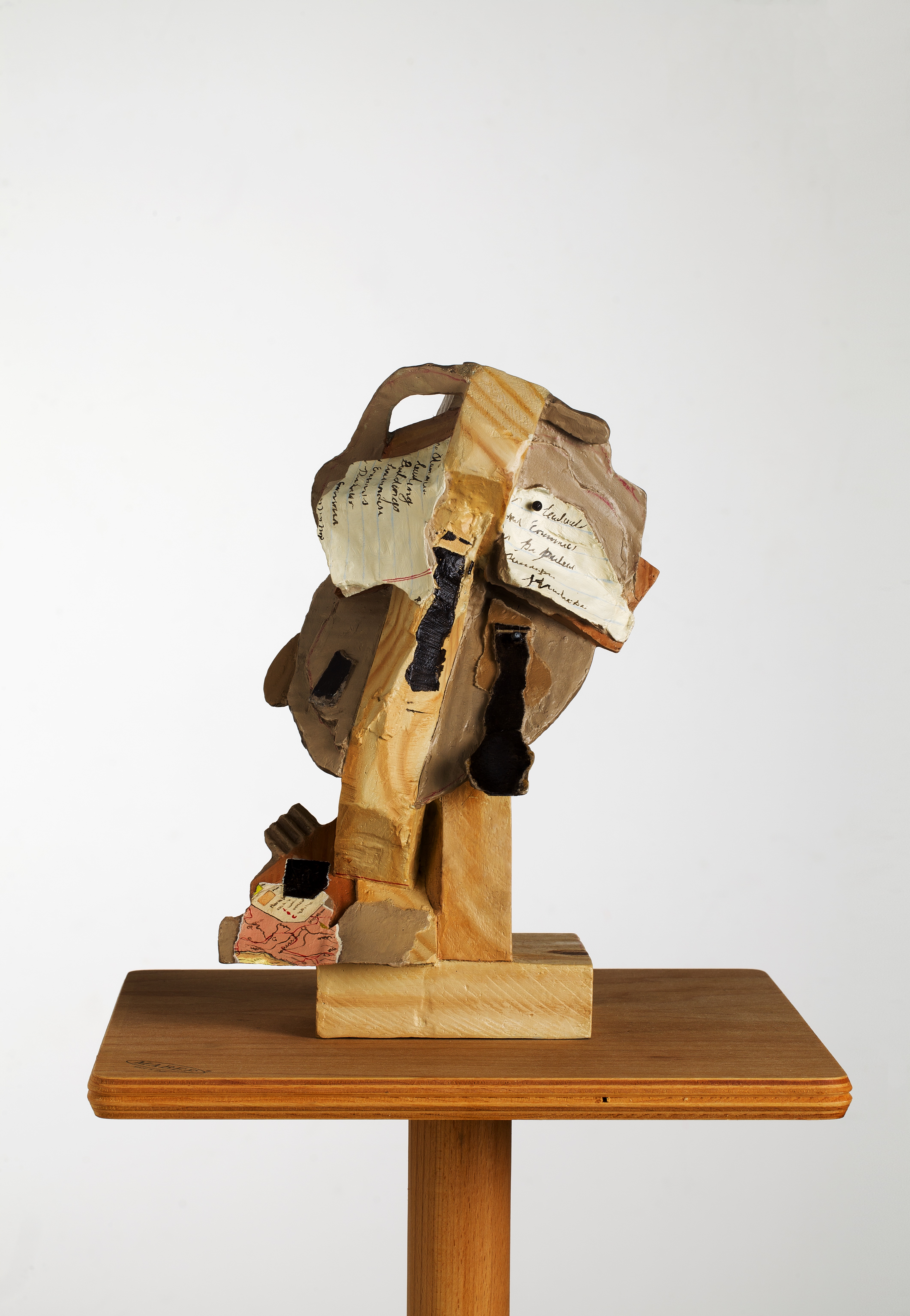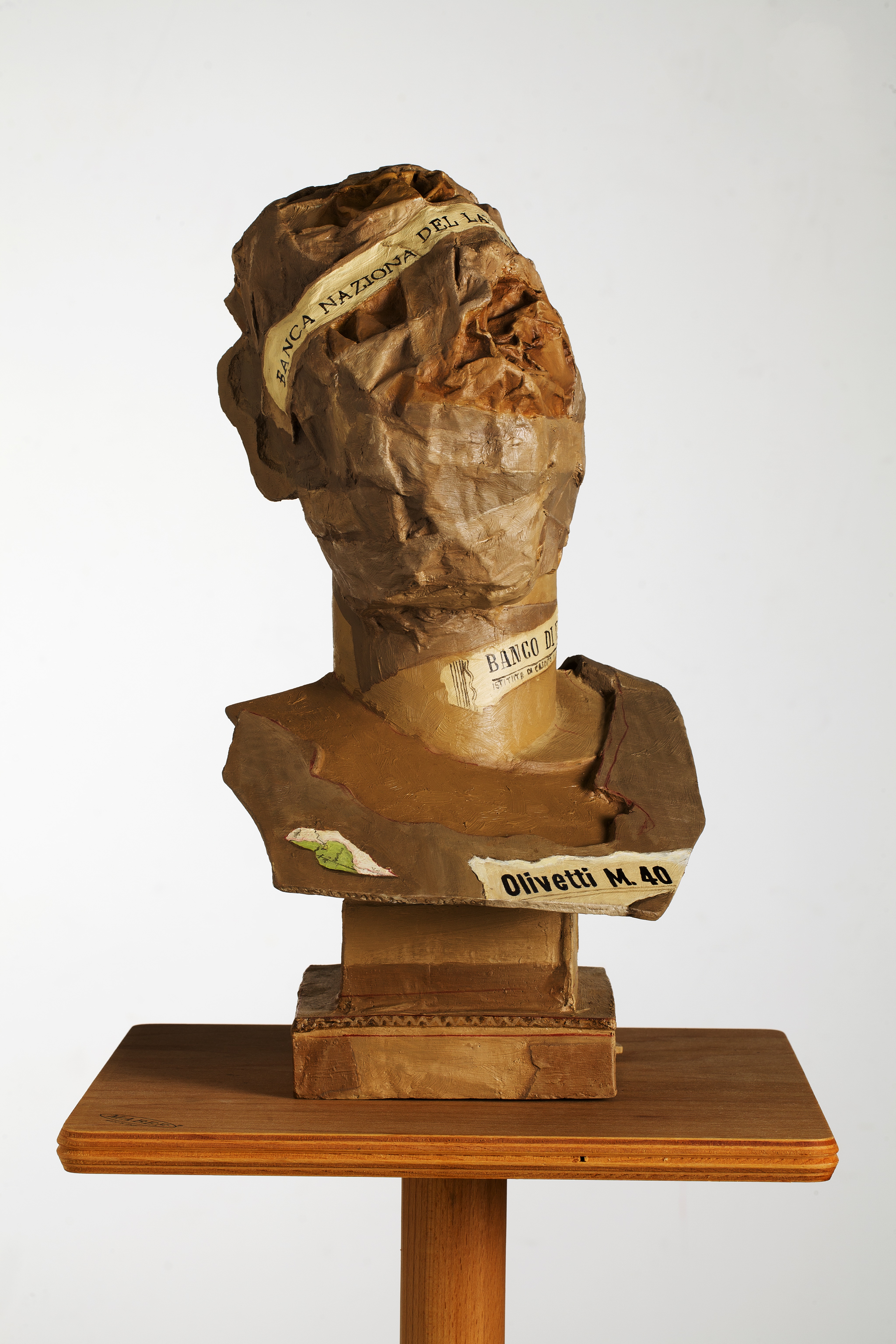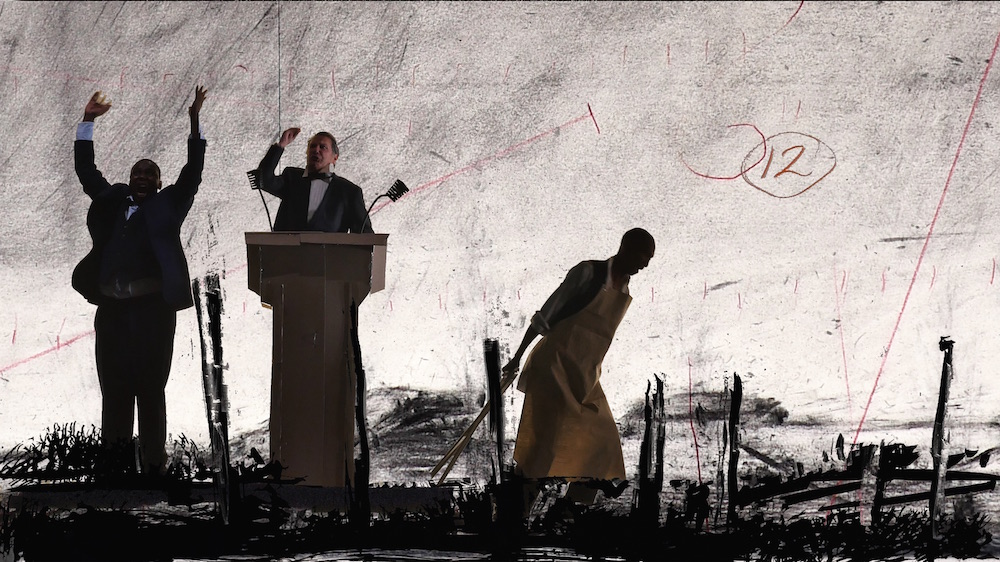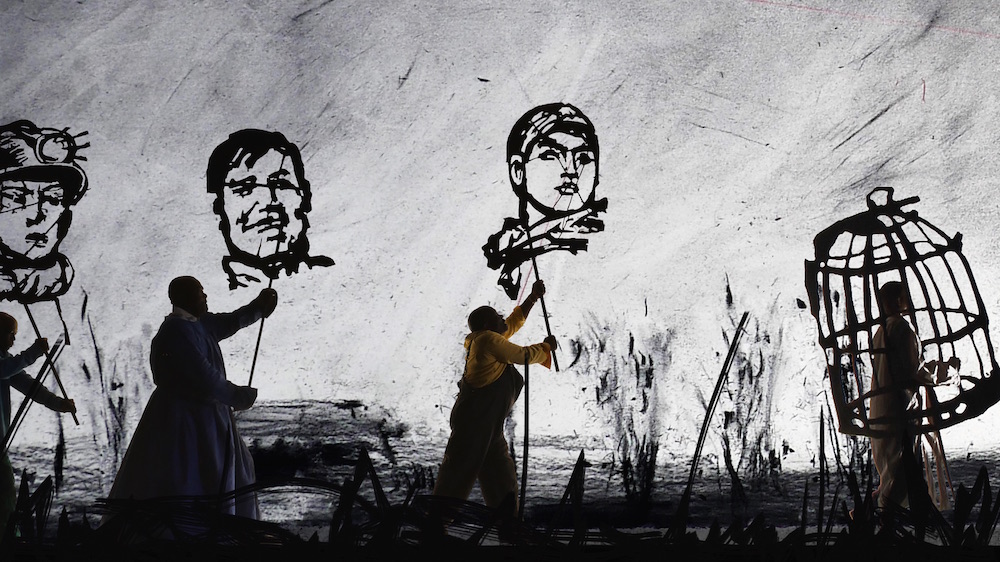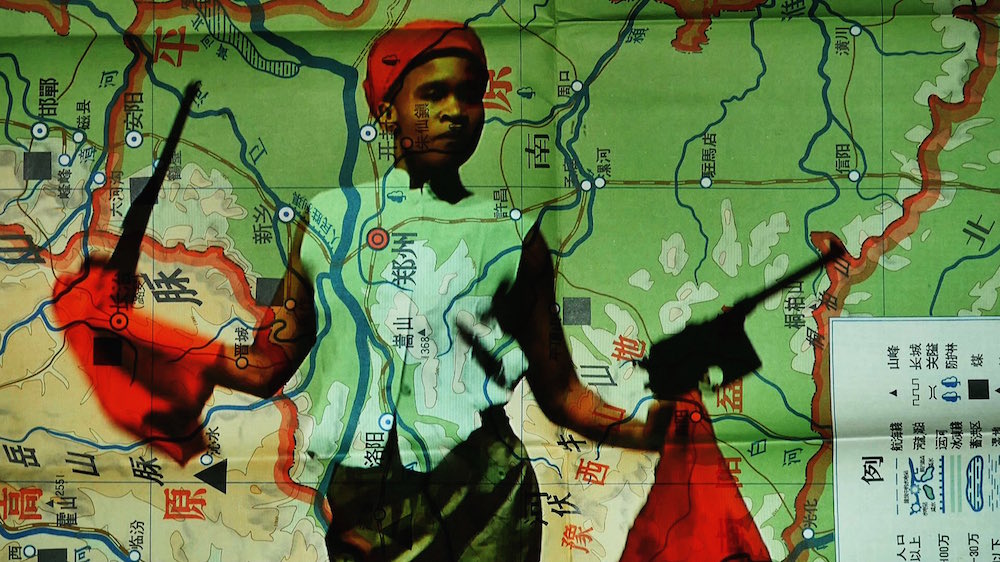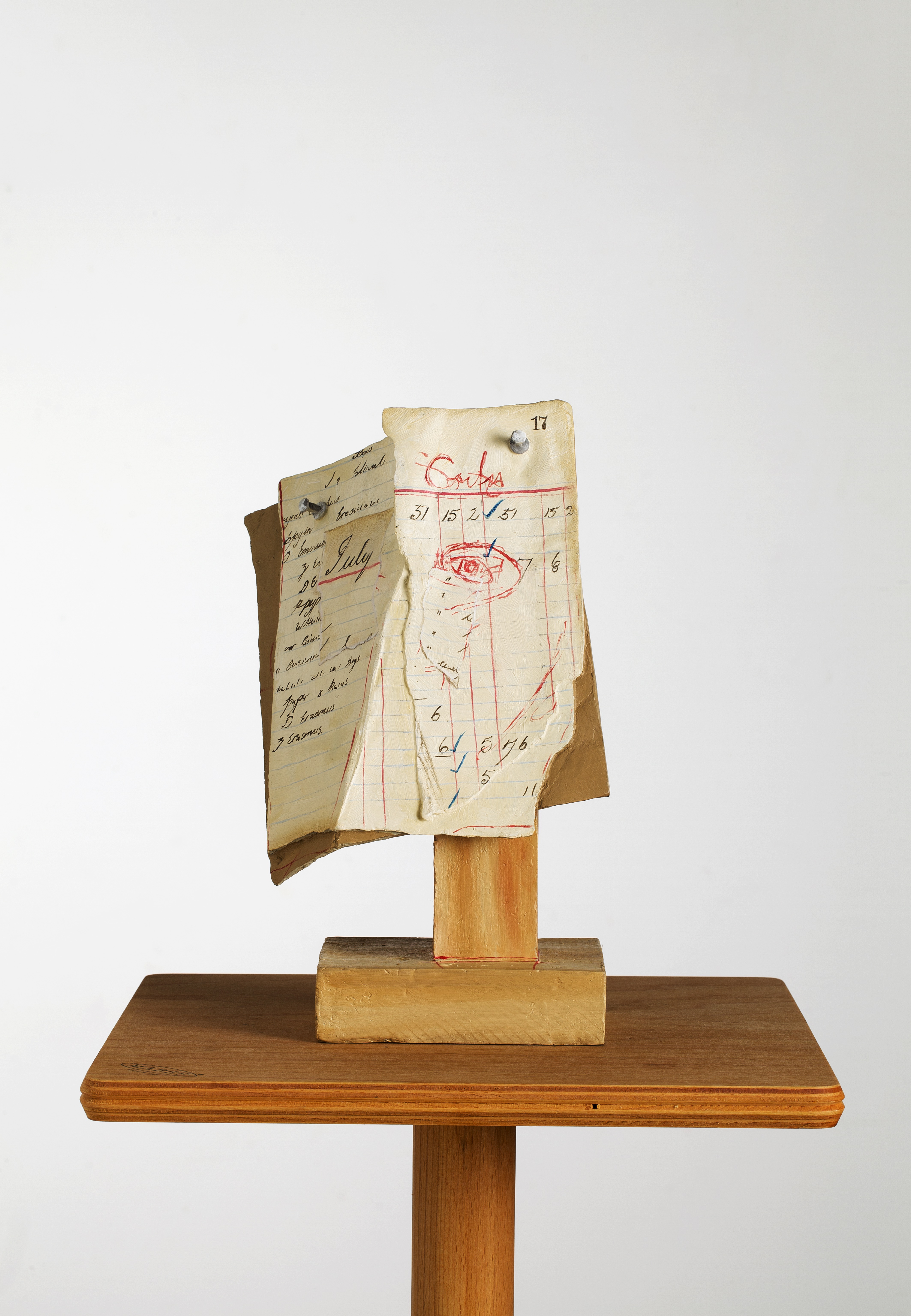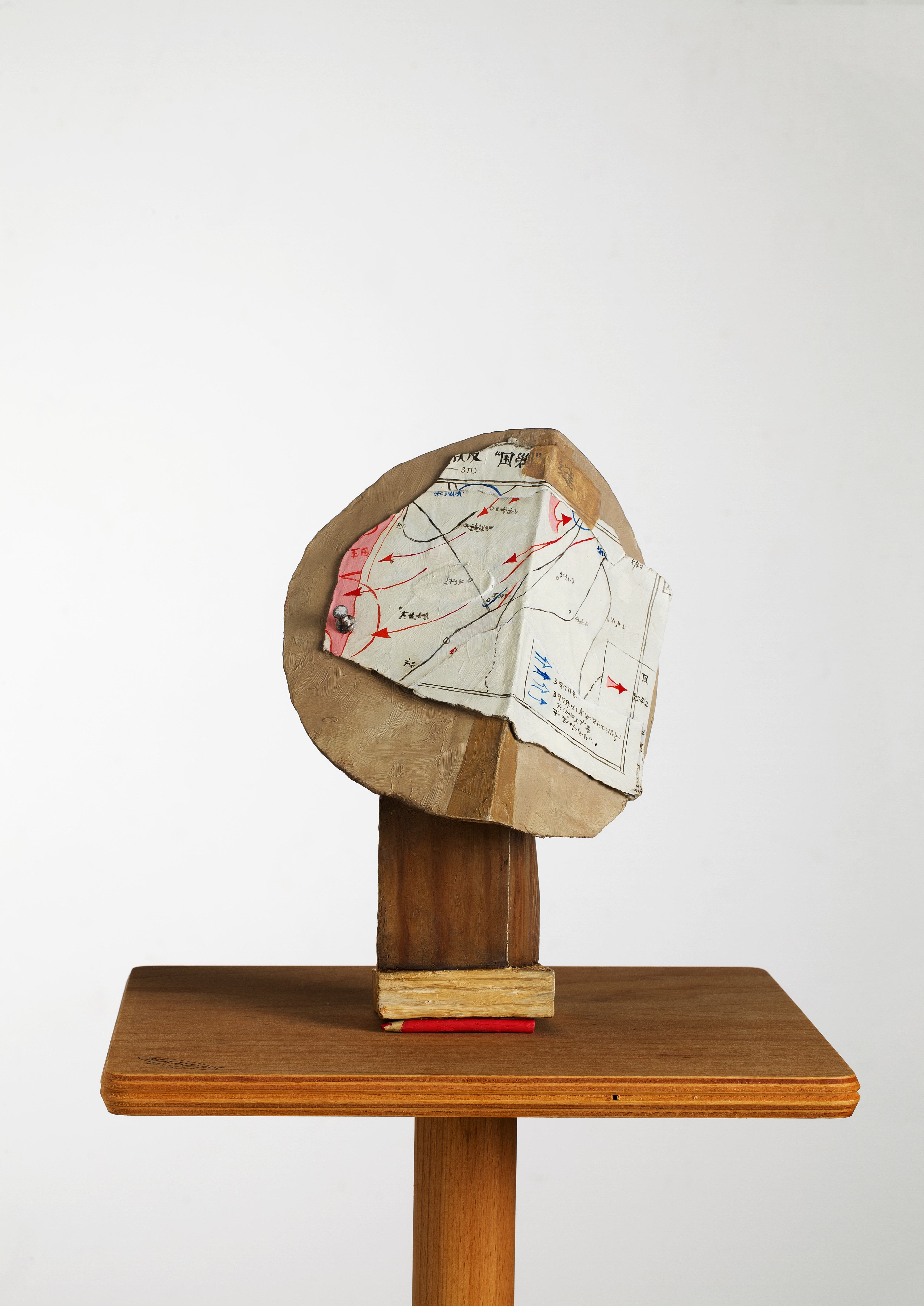‘If I waited for a good idea before starting a new work nothing would ever get done.’ Coming from an artist as cerebral as William Kentridge, the claim might seem coy. The South African artist’s new exhibition at Marian Goodman Gallery is dense with ideas; as his first major London show in 15 years, it’s almost as though he’s making up for lost time.
Kentridge grew up in Johannesburg as the son of two leading anti-apartheid lawyers and his art aligns personal and domestic concerns with wider questions of repression, injustice and atrocity. As so often in his work, the exhibition addresses the darker side of human nature through a defiant exuberance. The show’s centrepiece is the eight-screen film installation More Sweetly Play the Dance (2015), in which a pageant of displaced characters trudge from screen to screen to the sound of a hauntingly jaunty brass band – a scene which gains new meaning in light of the current refugee crisis. Groups of faceless figures carry reductive emblems of their identity: priests lug funereal lilies, others drag intravenous drips, bird cages or classical busts. The three-screen installation Notes Towards a Model Opera (2015) serves as pre-show entertainment, combining South African choreography, Chinese martial arts and European classical ballet in an absurdist mishmash of joy and jingoism.
Further footnotes are provided by prints and large-scale paintings which illustrate (and complicate) the thought process behind the two films. These works are littered with language, welding together themes of China’s Cultural Revolution, the 1871 Paris Commune and the 1968 Paris riots, all viewed through the lens of the artist’s upbringing in South Africa. Kentridge’s own versions of Maoist slogans find their way into vast paintings of flowers and vegetables, which in turn apply the symbolism of the Chinese imperial period. Brushstroke doves flit across pages from Mandarin dictionaries, words are scrawled over extracts from French encyclopedias. Writ large across one wall, the slogan “Use the wind to rescue speech” conjures the image of a prophet screaming into the wind.
Words come naturally to Kentridge: in person he is powerfully articulate and it is no suprise he is drawn to incorporating text in his work. However, to quote the artist, ‘there is for me more than an accidental linguistic connection between executing an idea and killing it’ and the most effective sections of the show are comparatively free of language. A small room of sculpted heads offers welcome relief. The heads were originally part of an experiment for Kentridge’s upcoming production of Alban Berg’s Lulu at the Metropolitan Opera; what initially appear to be compositions of cardboard and collage are in fact cast in bronze and painted in the style of trompe l’oeil. Kentridge is arguably at his best when his work relates directly to a performance and the sculptures retain a playfulness missing from the prints and paintings. As the cast at the Met prepare to perform Lulu in November, London’s Coronet Theatre will reopen in October with a new staging of Ubu and the Truth Commission, a collaboration between William Kentridge, the South African writer Jane Taylor and Handspring Puppet Company.
The writer Andrew Solomon has dubbed Kentridge ‘the patron saint of ambiguity’. While it’s true there’s a dreamlike feel to the mercurial wordplay and protean imagery, the exhibition should not be dismissed as a retreat into the absurd. Nor could Kentridge be accused of carelessly aestheticising suffering. Led astray by the theatricality of the experience, the viewer becomes complicit in the corruption. Philip Miller’s jubilant score for Notes Towards a Model Opera is chronically catchy, and we find ourselves tapping along to a militaristic beat with strains of racism; while refugees gather to watch Secret Cinema in Calais, we’re enjoying an imaginative riff on population displacement.
The exhibition is undeniably uplifting. We turn up the volume, ignore the trauma, and keep on dancing.
More Sweetly Play the Dance is showing at Marian Goodman Gallery until 24th October 2015.
All images Copyright William Kentridge. Courtesy the artist and Marian Goodman Gallery, New York, Paris & London
